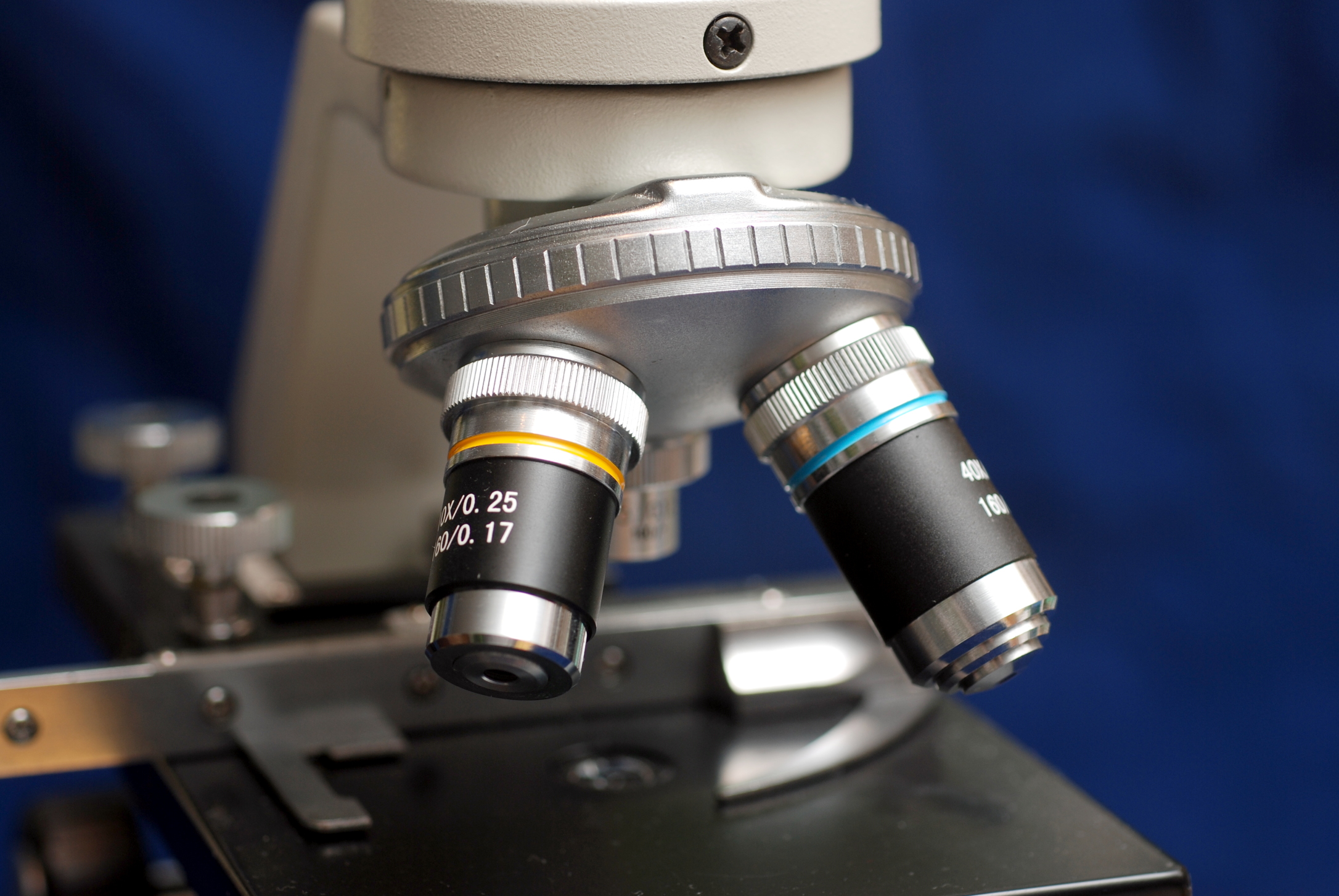
WEDNESDAY, Sept. 17, 2014 (HealthDay News) — Migraines in midlife may be associated with increased odds of developing Parkinson’s disease or other movement disorders in later years, new research suggests.
The study, which did not prove a cause-and-effect link between the two brain-based conditions, also suggested that the migraine-Parkinson’s association was stronger in women with migraines preceded by aura. An aura is a warning sign of a pending attack that includes flashes of light and skin tingling.
“We should emphasize that while the risk is increased for Parkinson’s disease and these [similar] symptoms, they’re still uncommon among those with migraine,” said study author Ann Scher, a professor of epidemiology at Uniformed Services University in Bethesda, Md. “I don’t think people should necessarily worry that if they have migraines, Parkinson’s disease is [in their future].”
The research is published in the Sept. 17 online edition of the journal Neurology.
Throbbing, chronic headaches that impact about 28 million Americans aged 12 and up, migraines affect three times as many women as men, according to the American Headache Society.
Meanwhile, about 1 million people in the United States have Parkinson’s disease and up to 60,000 more are diagnosed each year, according to the National Parkinson Foundation. The incurable neurological condition causes tremors, stiffness, slow movement, and impaired balance and coordination.
Scher and her colleagues reviewed records of more than 5,600 Icelandic people aged 33 to 65 who were tracked for 25 years. At the study’s start, about 4,000 participants had no headaches, with 1,028 suffering non-migraine headaches, 238 migraine with no aura and 430 migraine with aura.
In later life, participants were asked whether they’d been diagnosed with Parkinson’s or experienced symptoms; had a family history of Parkinson’s; or had symptoms of restless legs syndrome, a movement disorder characterized by uncomfortable leg sensations and an irresistible urge to move the legs.
The findings showed that those with migraine with aura at midlife were more than twice as likely to have been later diagnosed with Parkinson’s than people with no headaches. Those with migraine with aura were 3.6 times as likely to report four of six parkinsonian symptoms, while those with migraine with no aura were 2.3 times more likely. Overall, the study found nearly 20 percent of those with migraine with aura had symptoms, compared to 12.6 percent of those with migraine with no aura and 7.5 percent of those with no headaches.
Both Parkinson’s disease and restless legs syndrome involve a dysfunction in the brain chemical dopamine, Scher said, and migraine development is also thought to be associated with dopamine abnormalities. Future research should examine whether Parkinson’s and migraine share genetic risk factors, she added.
“Previous studies noted that migraine, particularly migraine with aura, was linked to cardiovascular disease and stroke, so there’s increasing interest in whether these linkages might manifest in other neurological symptoms later in life,” Scher said.
Dr. Michael Okun, national medical director of the National Parkinson Foundation, called the new research “interesting.” But he said it had several notable weaknesses, including that its participants were only from the Icelandic region and that some patients reporting Parkinson’s symptoms had not been formally diagnosed with the disorder.
“The idea that a history of migraine headaches has something to do with Parkinson’s is intriguing, but there’s not a lot of scientific data right now that would support that notion,” said Okun, also co-director of the Movement Disorders Center at the University of Florida. “I’d be extremely cautious to conclude that migraine is associated with Parkinson’s.”
More information
The U.S. National Library of Medicine has more about Parkinson’s disease.
Copyright © 2025 HealthDay. All rights reserved.

